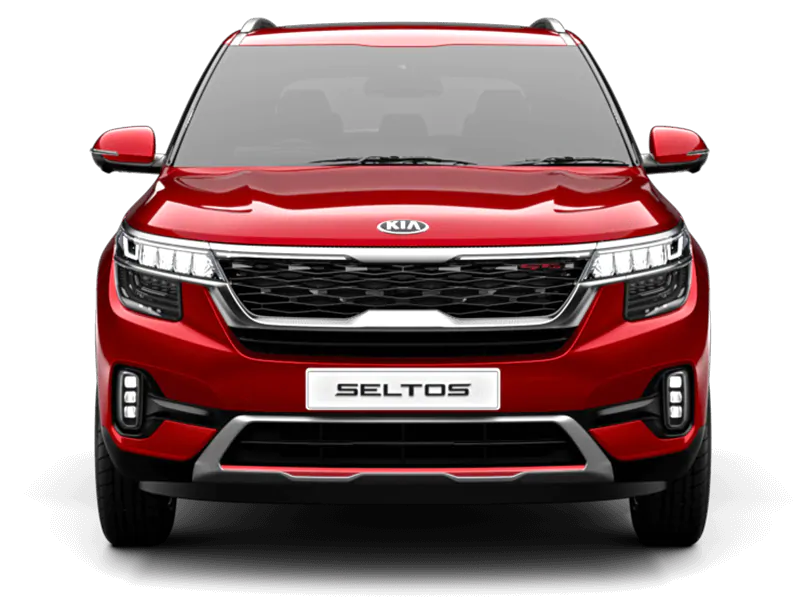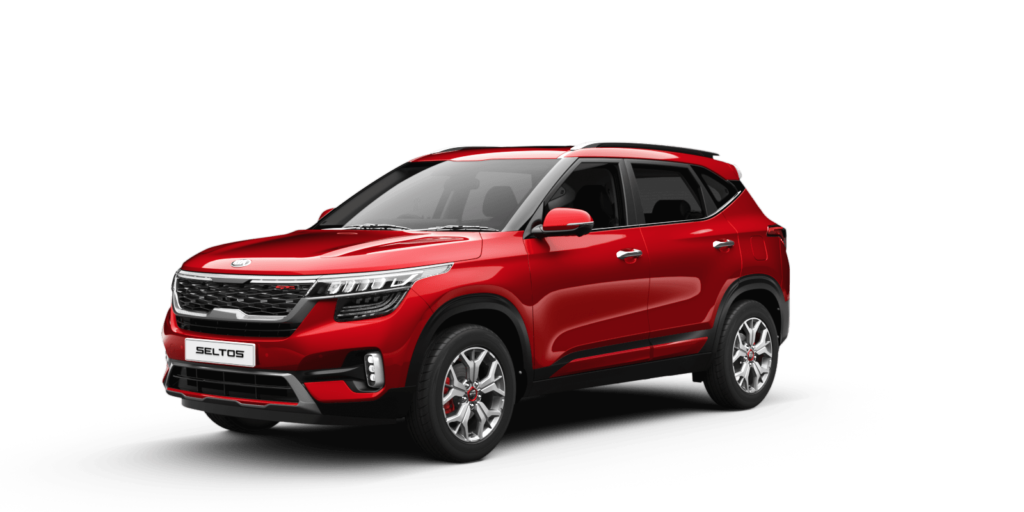As the owner of KIA Durgapur, we know that choosing between two great cars like the Kia Sonet and Kia Seltos can be a difficult decision. Both cars have their unique features and specifications, and deciding which one to buy can depend on many factors, including budget, driving style, and personal preference.
In this article, we will compare the Kia Sonet and Kia Seltos in terms of their design, performance, safety, and price. We will provide an objective analysis of each car and help you make an informed decision.
Design of KIA Sonet & KIA Seltos
The Kia Sonet and Kia Seltos both have eye-catching designs that will turn heads on the road. The Kia Sonet is a compact SUV with a sporty and youthful appearance. It has a bold front grille, sleek LED headlights, and a muscular body. The Sonet also has 16-inch alloy wheels, roof rails, and a shark-fin antenna that give it a sporty look.
On the other hand, the Kia Seltos is a mid-size SUV with a sophisticated and elegant design. It has a tiger-nose grille, sleek LED headlights, and a longer wheelbase that gives it a more commanding presence on the road. The Seltos also has 17-inch alloy wheels, a sunroof, and LED tail lights that add to its premium appeal.
Performance of both KIA Sonet & KIA Seltos
The Kia Sonet and Kia Seltos both offer a range of engine options to suit different driving needs. The Sonet comes with a choice of three engines, including a 1.2-liter petrol engine, a 1.0-liter turbocharged petrol engine, and a 1.5-liter diesel engine. The petrol engines offer a power output of 83 PS and 120 PS, respectively, while the diesel engine delivers 100 PS of power.
The Kia Seltos also offers a range of engine options, including a 1.5-liter petrol engine, a 1.4-liter turbocharged petrol engine, and a 1.5-liter diesel engine. The petrol engines offer a power output of 115 PS and 140 PS, respectively, while the diesel engine delivers 115 PS of power.
Both cars offer smooth and responsive handling, making them ideal for city driving and long journeys. The Kia Sonet offers a comfortable ride with good visibility, while the Kia Seltos offers a more spacious cabin with premium features like ventilated seats and a Bose sound system.
Safety in KIA Sonet & KIA Seltos
Safety is an important consideration when choosing a car, and both the Kia Sonet and Kia Seltos are equipped with advanced safety features. The Sonet comes with dual front airbags, ABS with EBD, rear parking sensors, and a reverse camera. It also has ISOFIX child seat mounts, hill-start assist, and ESC.
The Kia Seltos also comes with dual front airbags, ABS with EBD, rear parking sensors, and a reverse camera. It also has features like ESC, hill-start assist, and traction control. Additionally, it offers blind-spot monitoring, rear cross-traffic alert, and a 360-degree camera system, which are not available on the Sonet.
Price of KIA Sonet & KIA Seltos
Price is an important factor when choosing a car, and the Kia Sonet and Kia Seltos are priced competitively in their respective segments. The Sonet is priced between Rs. 6.79 lakhs and Rs. 13.19 lakhs, while the Seltos is priced between Rs. 9.95 lakhs and Rs. 17.65 lakhs.
Conclusion
After comparing the Kia Sonet and Kia Seltos in terms of their features, specifications, and performance, it is difficult to determine which one is better as both have their own set of advantages and disadvantages.
The Kia Sonet is a compact SUV that is perfect for city driving and offers great fuel efficiency. It has a sleek design and comes with a host of features such as a touchscreen infotainment system, ventilated seats, wireless phone charging, and a sunroof. It also offers excellent safety features such as ABS with EBD, airbags, and a rearview camera.
On the other hand, the Kia Seltos is a mid-sized SUV that offers more space and better driving dynamics. It has a bold design and comes with features such as a 10.25-inch touchscreen infotainment system, a premium Bose sound system, and an electric sunroof. It also offers advanced safety features such as hill assist control, vehicle stability management, and electronic stability control.



